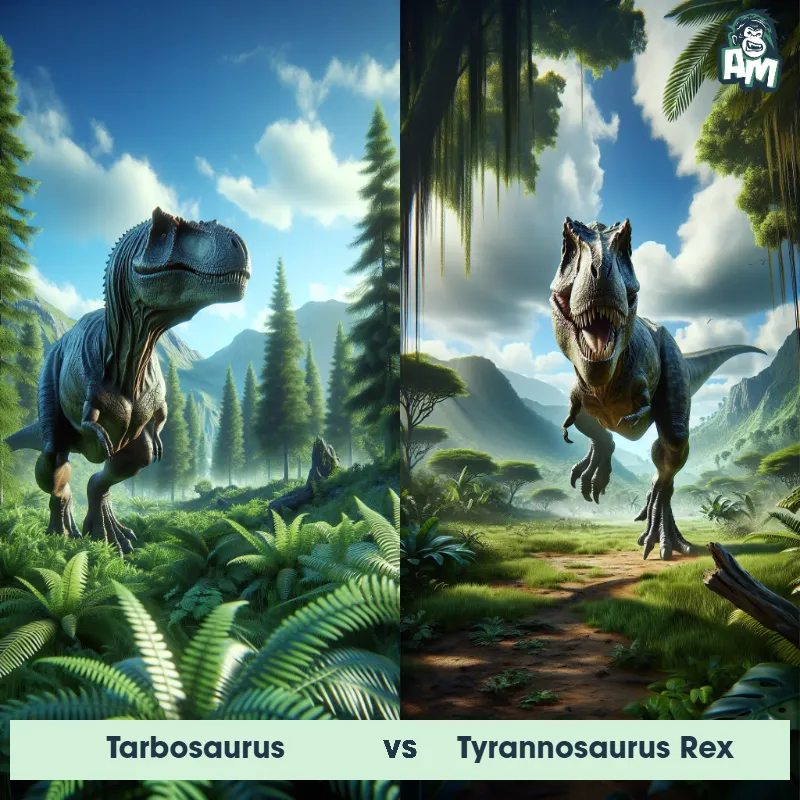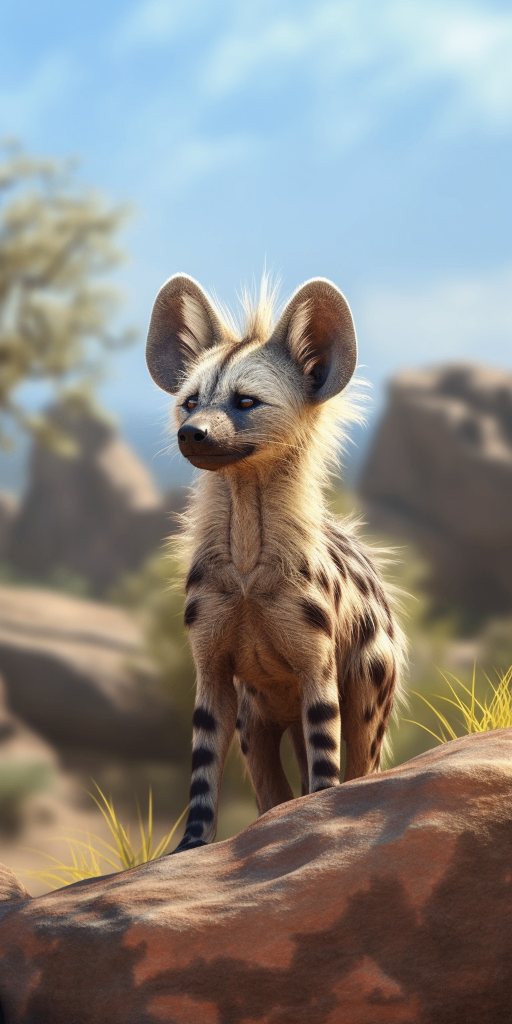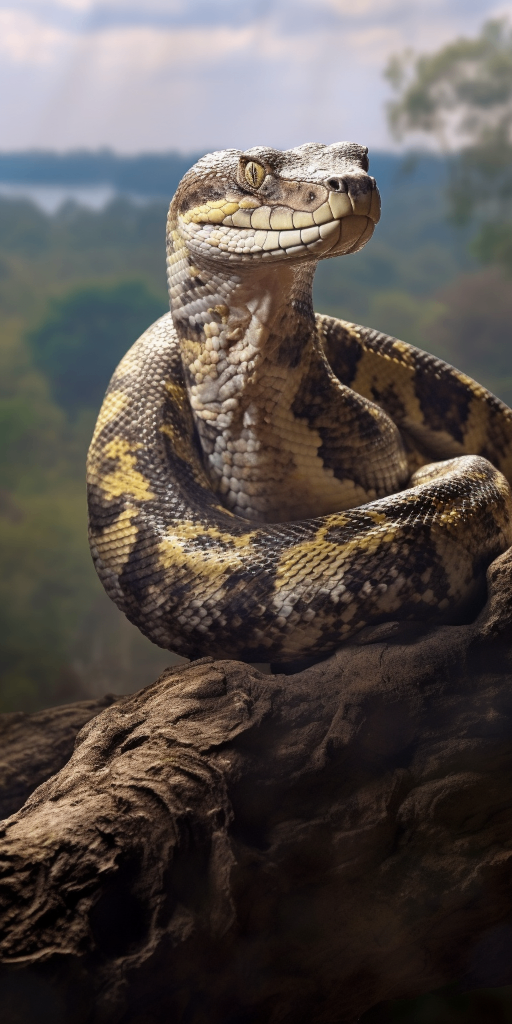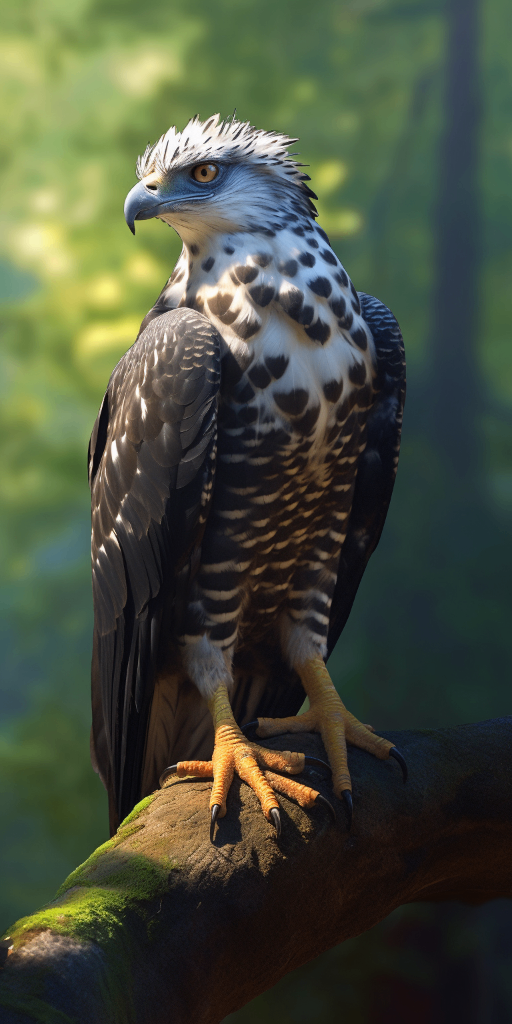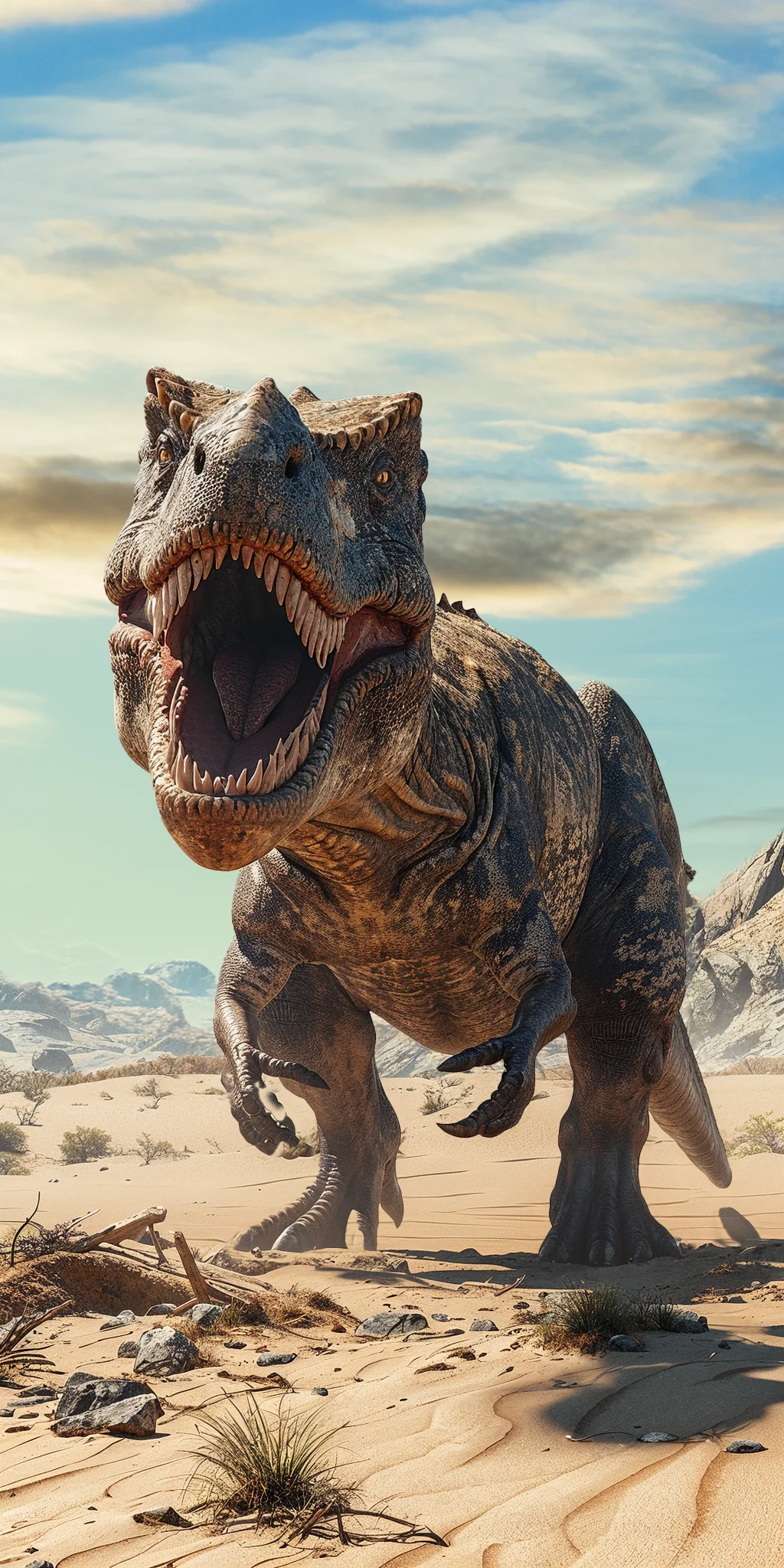The Tarbosaurus
Tarbosaurus, also known as the "Asian T-Rex," was a large theropod dinosaur that lived during the Late Cretaceous period. It had small, two-fingered arms, sharp teeth, and powerful legs for hunting and scavenging. Tarbosaurus could reach lengths of up to 40 feet and weigh over five tons, making it one of the largest predators of its time.
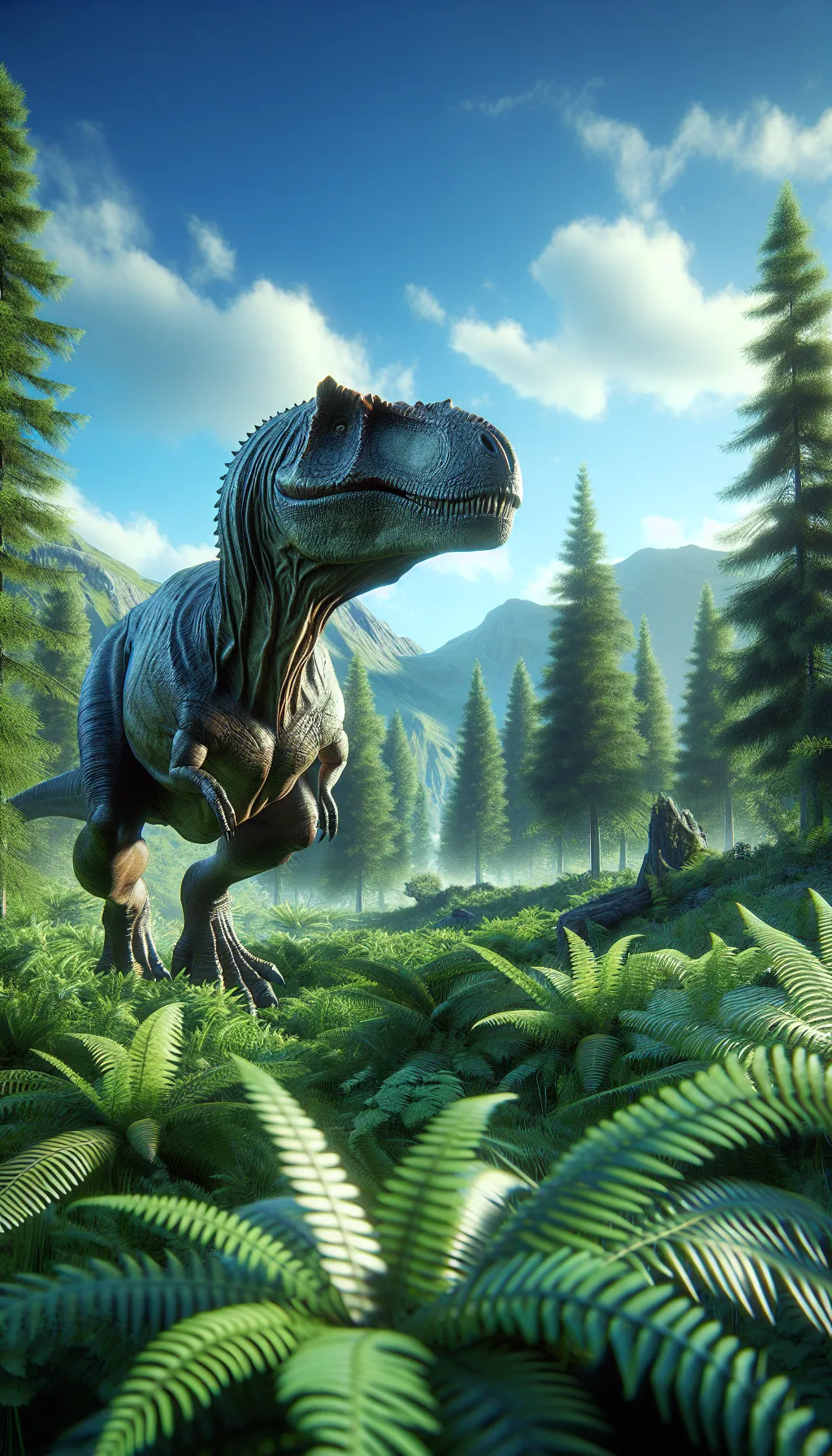
| Tarbosaurus | |
|---|---|
| Size | Up to 40 feet (12 meters) in length |
| Weight | Up to 5 tons (4,500 kilograms) |
| Speed | 24 mph (39 km/h) |
| Key Strength | Bite force |
| Biggest Weakness | Small forelimbs |
| Scientific Name | Tarbosaurus |
| Family | Tyrannosauridae |
| Habitat | Land |
| Geography | Modern-day Mongolia and China |
| Diet | Carnivorous |
| Lifespan | 20 years - 30 years |

The Tarbosaurus
Tarbosaurus, also known as the "Asian T-Rex," was a large theropod dinosaur that lived during the Late Cretaceous period. It had small, two-fingered arms, sharp teeth, and powerful legs for hunting and scavenging. Tarbosaurus could reach lengths of up to 40 feet and weigh over five tons, making it one of the largest predators of its time.
Fun Fact: Tarbosaurus had a keen sense of smell, which helped it locate prey from long distances.
| Tarbosaurus | |
|---|---|
| Size | Up to 40 feet (12 meters) in length |
| Weight | Up to 5 tons (4,500 kilograms) |
| Speed | 24 mph (39 km/h) |
| Key Strength | Bite force |
| Biggest Weakness | Small forelimbs |
| Scientific Name | Tarbosaurus |
| Family | Tyrannosauridae |
| Habitat | Land |
| Geography | Modern-day Mongolia and China |
| Diet | Carnivorous |
| Lifespan | 20 years - 30 years |
Tarbosaurus Matchups
We use AI to simulate matchups between the Tarbosaurus and other animals. Our simulation considers size, strength, and natural predatory behaviors to determine the most likely outcome.

Can't find the Matchup you want?
Create Your Own MatchupTarbosaurus: Diet, Predators, Aggression, and Defensive Behaviors
What did Tarbosaurus eat?
Tarbosaurus were carnivorous dinosaurs that primarily fed on other dinosaurs, including hadrosaurs, ceratopsians, and smaller theropods. They were apex predators and had powerful jaws filled with sharp, serrated teeth designed for tearing flesh.
Did Tarbosaurus have any predators?
As apex predators, Tarbosaurus did not have many natural predators. However, they may have occasionally competed with other large carnivorous dinosaurs, such as other Tyrannosaurids, for food and territory.
Were Tarbosaurus aggressive?
Tarbosaurus were known for their aggressive behavior, especially when hunting or defending their territory. They were solitary hunters and would fiercely defend their kills from scavengers or other predators.
Did Tarbosaurus fight?
Tarbosaurus did engage in combat, particularly during mating season or when competing for resources. They were known to use their large size, sharp teeth, and powerful jaws to overpower their opponents in fights.
How did Tarbosaurus defend themselves?
Tarbosaurus primarily relied on their large size, strength, and powerful jaws to defend themselves from threats. They may have also used their agility and speed to evade attacks or escape dangerous situations.
What was Tarbosaurus' biggest weakness in a fight?
Despite their formidable size and strength, Tarbosaurus had relatively small arms compared to their body size. This anatomical trait could have been a weakness in combat situations, as their arms were not as dexterous or useful in manipulating objects as those of some other theropods.
Fun Fact: Fossils of Tarbosaurus have been found in Mongolia and parts of China, indicating the wide range in which they once roamed.
Fun Fact: Some researchers believe that Tarbosaurus may have hunted in packs, similar to modern-day carnivores like wolves.



